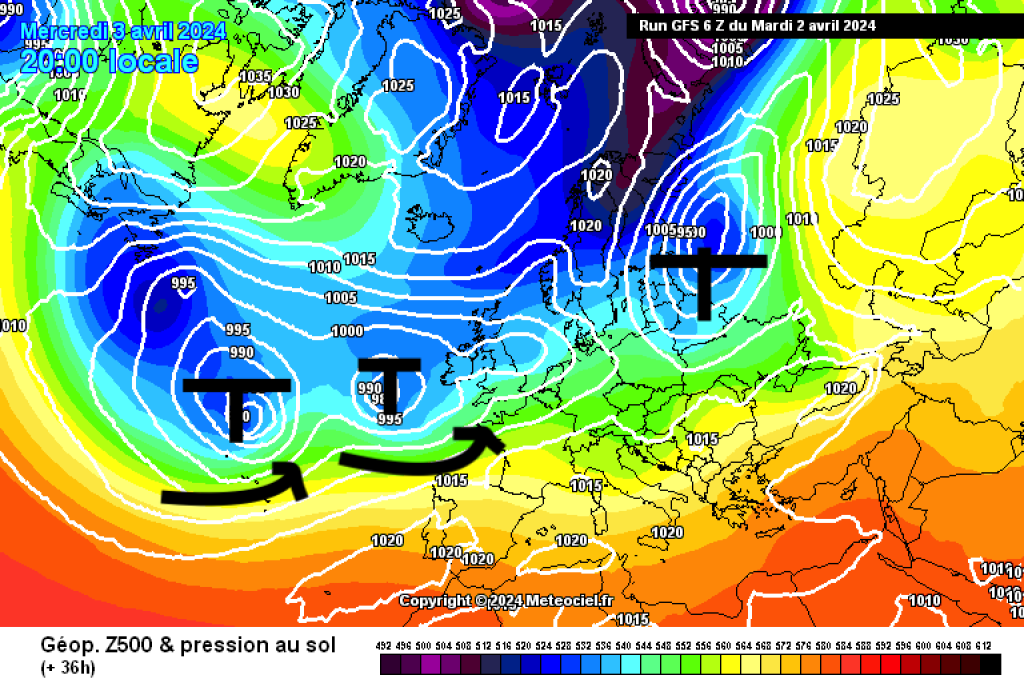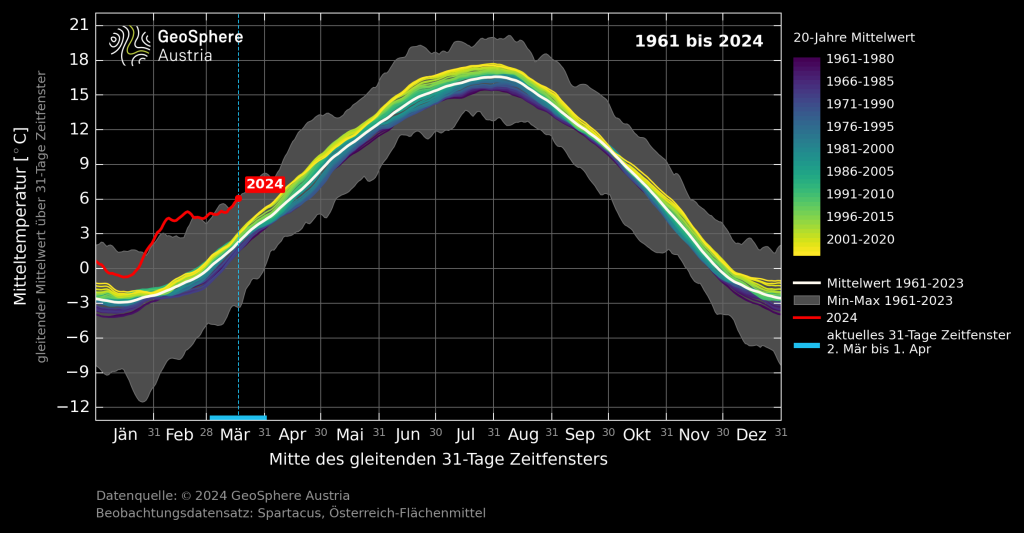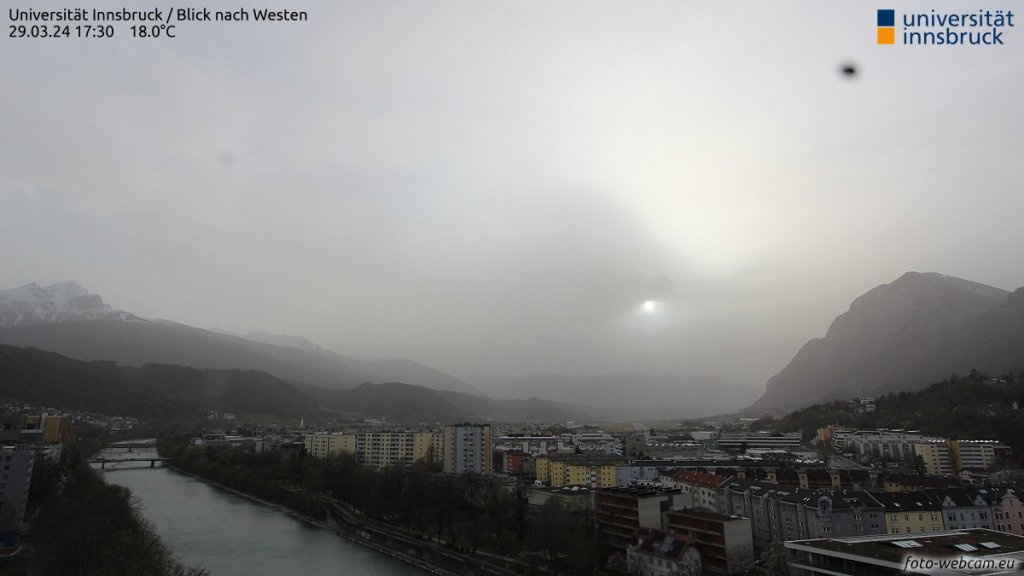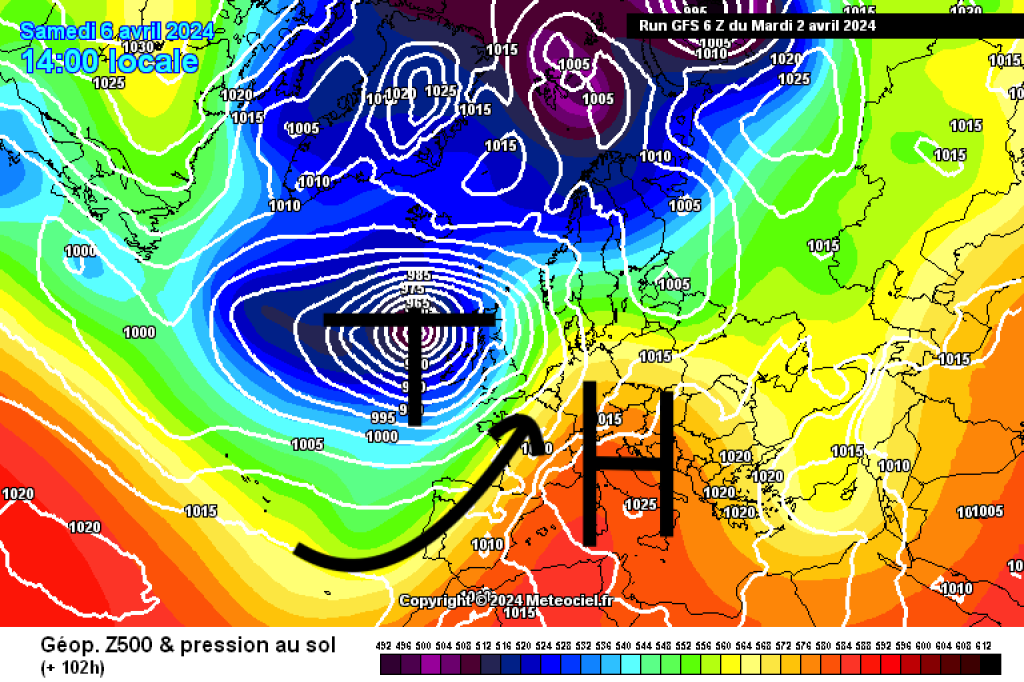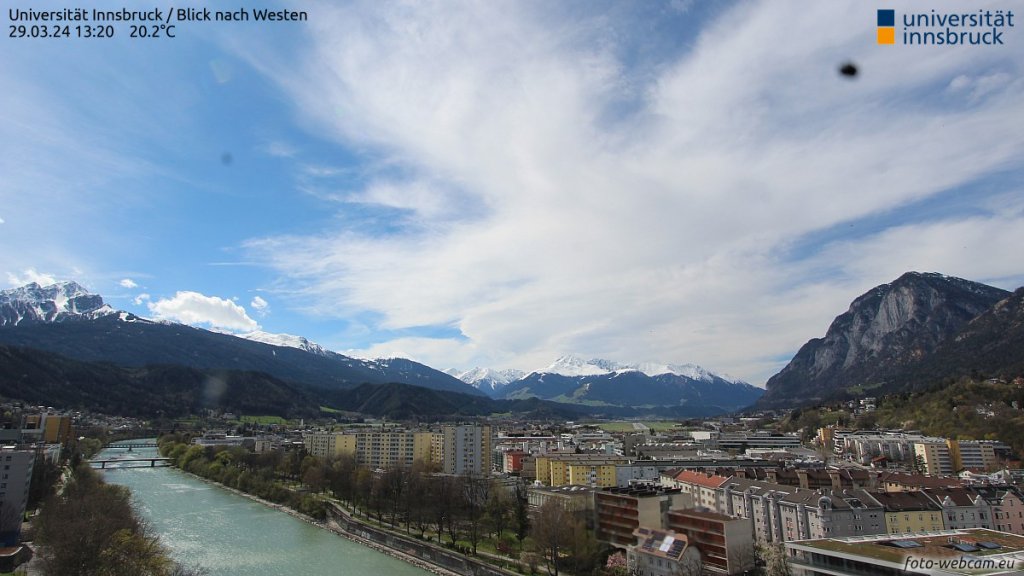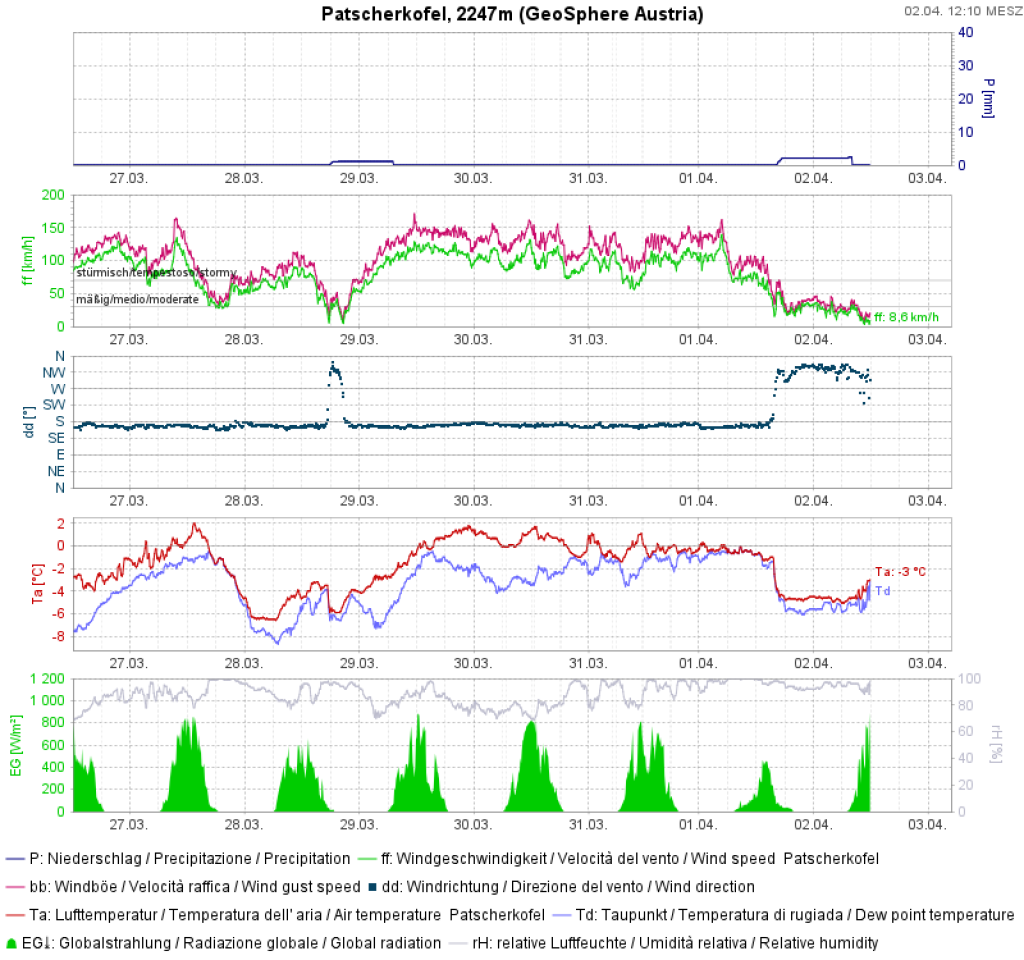Current situation and outlook
The Alps are currently experiencing a moderately strong westerly flow that is producing a rapidly changing sun-cloud mix. Today, Wednesday, there will be a small disturbance and a few drops or snowflakes. Towards the end of the week, a strong Atlantic trough will develop and the upper level flow will turn south-westerly. In susceptible regions in the north, it will be foehn again, although this time it will not be a hurricane and there will be no accumulating precipitation on the southern side. The controlling low-pressure centre is too far to the west for a repeat of the massive south to north foehn combination. Instead, there is likely to be plenty of sunshine and very high temperatures at the weekend. The 30 degree mark is within reach. Those who don't want to switch to summer mode will still find plenty of snow in the high mountains and, depending on the wind and clouds, perhaps some quite usable firn.


